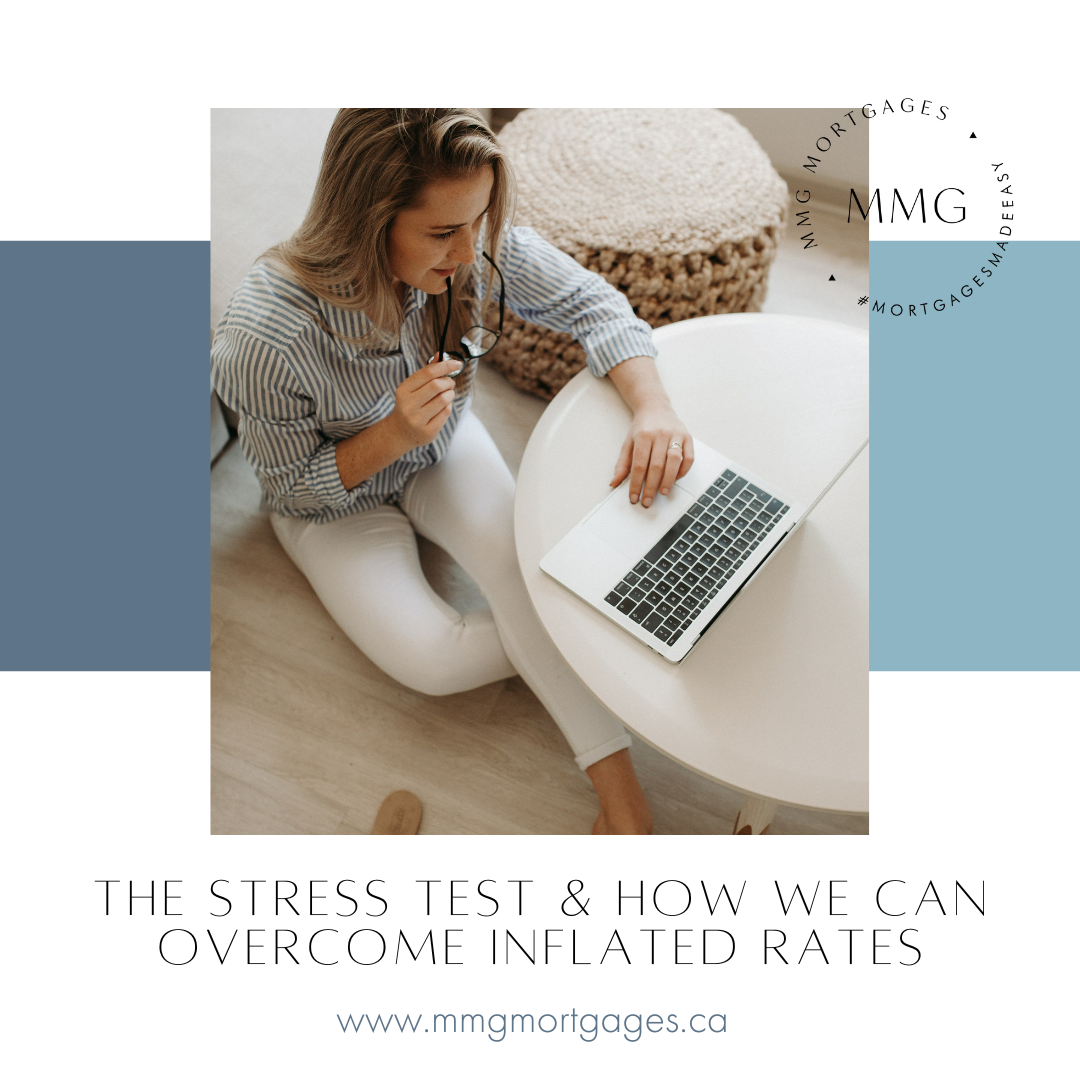The Stress Test and How We can Overcome Inflated Rates
The mortgage stress test was first introduced in 2018 to ensure that Canadians can still afford their mortgages if interest rates increase significantly. We currently have a 2% buffer against rising interest rates which has definitely come into play over this past year! All federally regulated lenders are required to use the stress test for qualifying all new mortgages. The current stress test rate used is the higher of:
Benchmark rate 5.25%
The mortgage rate provided on your contract PLUS 2%
The stress test rates are reviewed annually in December.
Example:
Purchase Price $300,000
Less 5% Down Payment $15,000
Plus Mortgage Insurance $11,400
Total Mortgage Balance $296,400
Interest Rate 4.89%
Based on the example above, the monthly mortgage payments would be $1,705. The purchase would be “stress tested” on a rate of 6.89% (contract rate + 2%) which determines that payments up to $2,056 are a manageable payment for clients that qualified for a $300,000 purchase. On renewal after 5 years, the mortgage balance would be $261,880 and if rates increased to 6% (illustration purposes only) the monthly payment on renewal would be $1,865 which is $160 more than the original payment. If this same client had taken advantage of their pre-payment privileges and increased their monthly payment by 20% their new payment would have been $2,046 and the mortgage balance at the end of the 5-year term would have been $238,780. If we apply the same 6% rate on renewal, the new monthly payment would be $1,698 which is less than the original monthly payment.
As you can see, taking advantage of your pre-payment privileges can assist you when your mortgage comes up for renewal by reducing your monthly payment in the event interest rates are higher than the rate you currently have.

